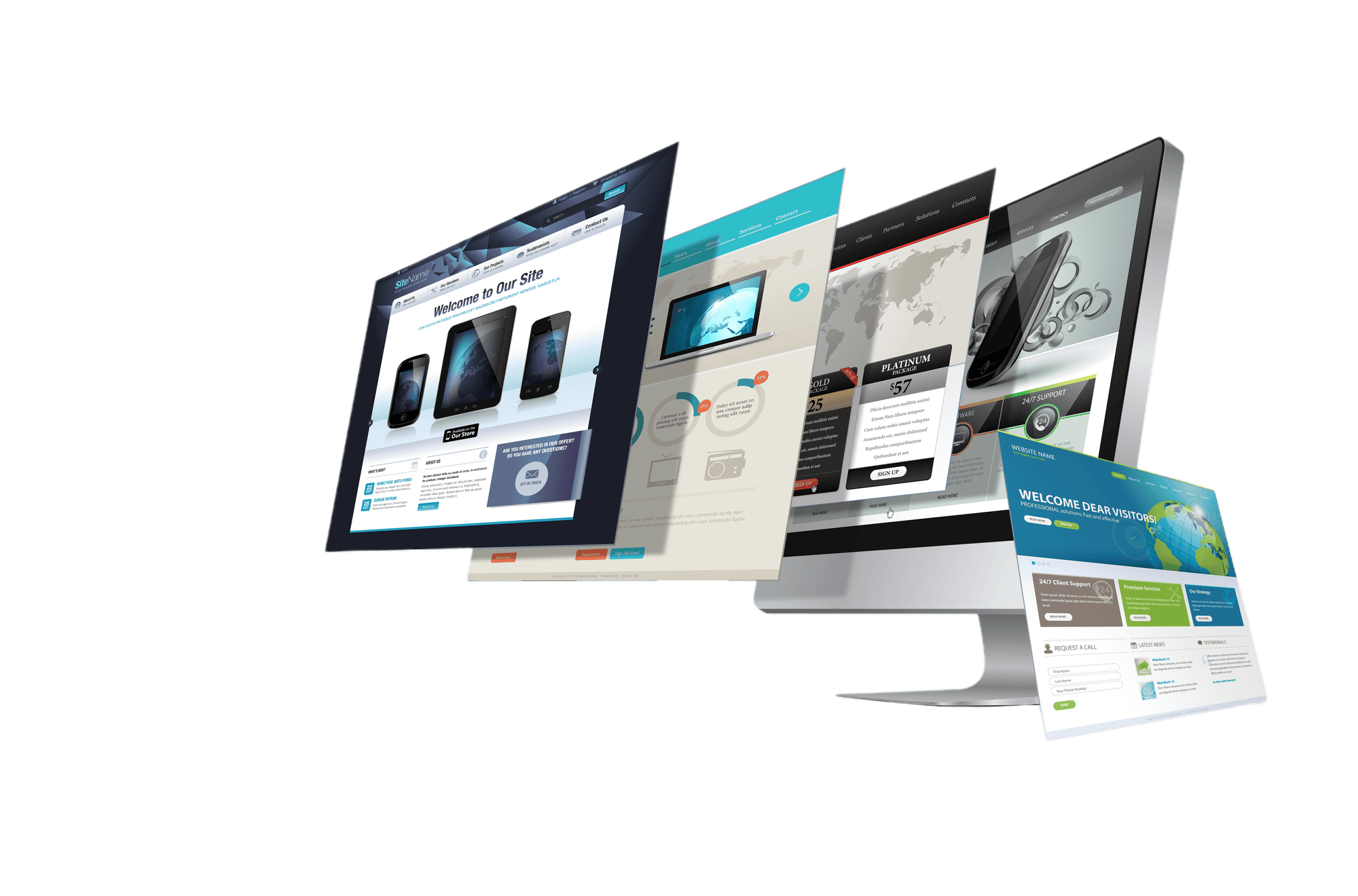In this article, we will discuss 5 Mobile website design mistakes to avoid. Mobile optimized website design is crucial nowadays. This is because roughly more than 56.6% of web traffic comes from mobile devices. This number is expected to be bigger than 60% in the coming few years. The other reason you need to make sure that your website is mobile-optimized is that today’s users like to access everything from anywhere on any device. They don’t want to be forced to use only specific devices. As a result, if your website is not optimized for mobile devices (and it has not been made so yet), you may be losing some of your potential customers.
When you own a business, you will probably want to make sure you stay in the game—the game of business, that is. To do that, you will need to make sure that the way you market your sales and your services makes it easy for your clients to find you on the internet. This means that when they come to your site, it will be optimized for their device and easy to use. Let’s talk a bit about the advantages of using a mobile-optimized website design.
5 Mobile website design mistakes to avoid
One design does not fit all – One design does not fit all in web design. How do we know this? Because if we look at the statistics, we can easily see plenty of sites that are doing it wrong. For example, according to Google, the most popular design practice in the past has been to have a desktop layout with desktop navigation that gets transformed into a mobile version that simply redirects to the mobile site. Though, on the one hand, this is a straightforward solution, it doesn’t offer a good experience for a lot of users. A website should transition from desktop to mobile and not redirect traffic to a different website.
Additionally, while a design and layout might look fantastic on a desktop screen, simply squishing it down to a mobile format doesn’t mean it will work. A website should be designed to be responsive and change according to the viewing device. A good mobile-optimized design will take essential visual elements from the desktop design while cutting back on unnecessary ones.
Overcomplicated menus – A website’s navigation is crucial on a mobile device because it needs to be used with a literal touch of the finger. Many inexperienced web designers and developers create sites that are so full of unnecessary elements that the user is overwhelmed by them. This is also true for individuals, business owners with little experience in web design and development that create their websites with Do It Yourself builders like Godday, Wix, and Squarespace.
In the end, it is the website user who is responsible for finding the information he wants to see on the website and not the website creator. This is why many inexperienced web designers and developers overlook the importance of creating a simple and easy-to-use navigation system. At Faith Web Designers, we ensure that the design, including the menus, is designed in a simple manner and is not overcomplicated, easy to navigate, and use.
Button size- There are few things more frustrating than a tiny link. Buttons that are too small can be challenging to access on a mobile phone. You can adjust the size of a button to make it more accessible to your users. The best way to create buttons more mobile-friendly is by using a larger font or increasing the size of the button on your site. You can also make your buttons more mobile-friendly by expanding the space between the buttons and the text. This space is referred to as padding.
How much padding should you use around tappable buttons? Apple’s Human Interface Guidelines suggest at least 44 pixels of space around a button for most devices and at least 20 pixels for the iPhone 4’s smaller screen. Forty-eight pixels is a good compromise: it provides plenty of breathing room while minimizing the need for horizontal scrolling to reach tap targets.
Think of fingers instead of mouse clicks when it comes to all things mobile optimization. One mistake individuals make is not adjusting button sizes to accommodate a finger tap. Considering how a button is designed is one of the most critical elements on your website, it’s vital that you make sure the user is not left trying to tap a tiny, barely responsive button.
Elements too close together– Designing websites for mobile devices is no easy task. It requires a different approach to the layout when compared to regular websites and can take a while before hitting the sweet spot. Many inexperienced individuals are guilty of putting elements too close together in web design, leaving the user no room to navigate. At Faith Web Designers, we love white space between elements; this gives the users the ability to navigate the website without issues.
The biggest challenge for mobile websites is screen size. Some things are just hard to fit into a small screen. Some elements on web pages are so close that it becomes difficult to read the content. To reduce this problem, designers need to make sure that there is enough space between elements on a page not to crowd each other. Space is crucial between touch targets so that the wrong element isn’t tapped when a user tries to interact with them.
Using oversized images- The web is visual. How your website looks is extremely important. If your website is ugly, people may never visit again. They will simply hit the back button and forget about you. Although beauty is in the eye of the beholder, there is no denying that most people are more attracted to sites that look good. As the trend of responsive web design has taken over, and websites are being expected to operate on various screen sizes, it is no longer acceptable to use large images on your website. Not only do images that are sized large slow down the load time of a website, but they also eat up valuable bandwidth and increase your hosting costs.
As a designer, it’s important to optimize images and avoid large file sizes, resulting in a slow load time. Also, with the ever-growing amount of mobile traffic, you must provide an excellent experience for your users, wherever they’re accessing your content from. Take a look at some of our images on our website that have been optimized for the best results.
No testing – Testing is vital to ensuring a mobile-optimized website is running smoothly. It’s often a step that is completed too hastily. When testing a new website design, there are some things you should be looking out for. While it might sound obvious, you should be looking for sites that load quickly, have all the content you need, and include the right amount of content. Many different elements should be considered when testing a website, including the layout, language, usability, navigation, responsiveness, and appearance. There are many tools available to help in the testing process from Lambda test, which tests responsiveness, to GT metrix that tests many components of your website, including website speed.
Keep in mind the above elements when creating your website or asking a web designer or developer to create a website for your business. Understanding mobile responsiveness and the features that make a website function properly will assist you in determining who to hire to build your website. Keep in mind that creating a website is one of the most important investments in your business. If you need assistance with your next website project don’t hesitate to contact us at Faith Web Designers or schedule a free consultation to discuss your requirements further.





